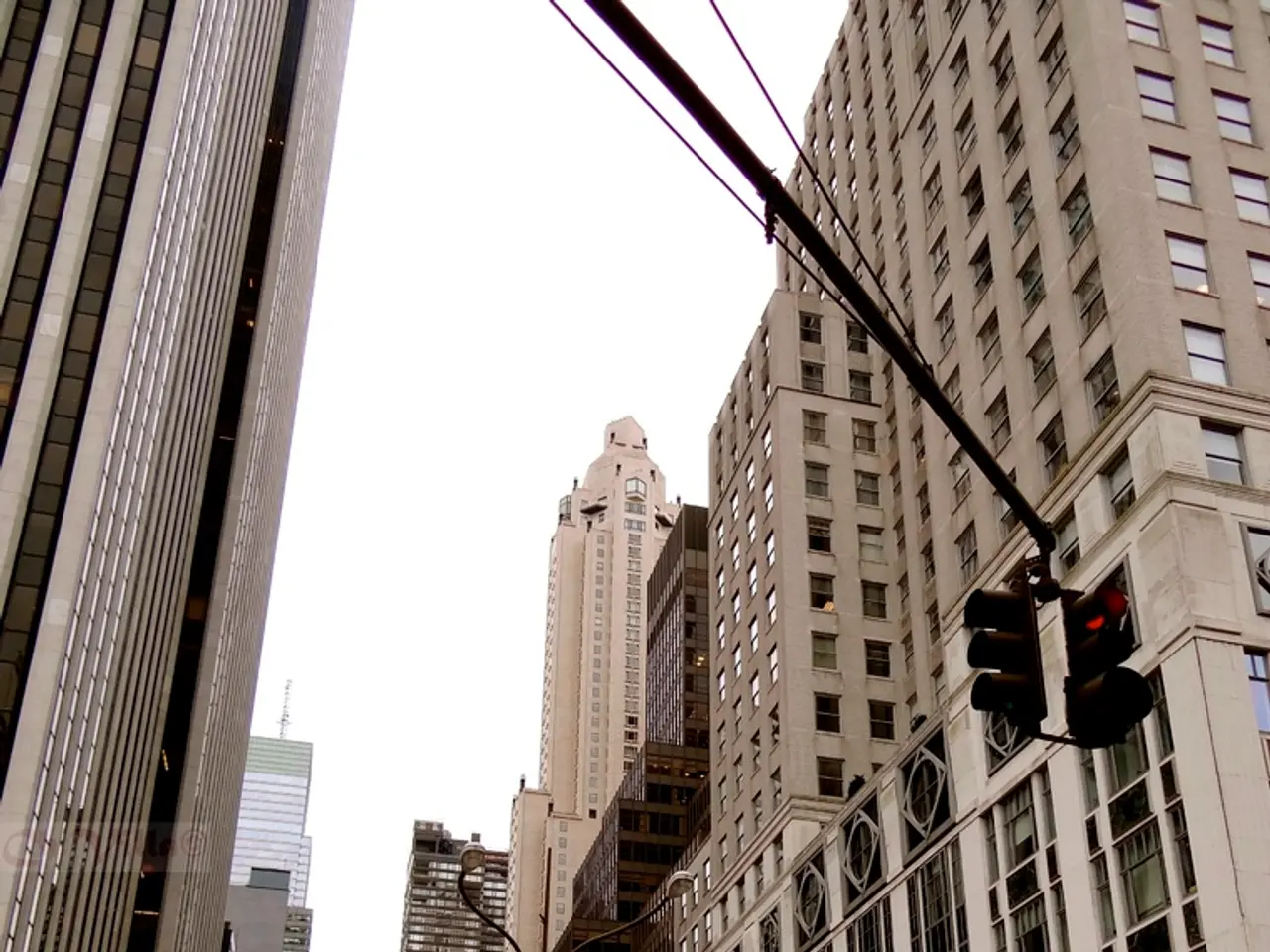"Insufficient high-quality accommodations available"
In the heart of Wuppertal, resident Oliver Lorenz, a resident of Cologne Street, has voiced his concerns about the city's growing parking spaces at the expense of green areas and quality amenities.
Living in the Elberfeld South district for two years, Lorenz has observed the city's transformation and wishes for a shift in focus towards promoting alternative mobility concepts. He prefers a small patch of green in the middle of the concrete jungle of South City over two parking spaces.
The city of Cologne is currently grappling with the challenges of limited parking and a lack of green spaces, mirroring broader European urban trends. To address these issues, Cologne, like many other cities, is promoting mobility concepts focused on reducing car dependency, improving public transport, encouraging active mobility (walking and cycling), and integrating green infrastructure.
Some key strategies include expanding cycling infrastructure, enhancing public transit options, introducing car-free zones or low-emission zones, and increasing urban greenery to improve air quality and climate resilience. Cologne's mobility challenges are aligned with these principles, aiming to contribute to climate adaptation and improve the urban quality of life.
However, Lorenz finds it frustrating that the impression is given that residents do not want parks, and some find it laughable that they are acting as if they are going underground because two parking spaces are gone. He is annoyed by the fact that the entire public space is occupied by cars, and he would like to be able to play with his daughter in a green park in front of their door in the future.
Lorenz is not alone in his sentiments. Thoughts are rarely given to pedestrians, cyclists, or people using wheelchairs or strollers who can barely use the completely parked sidewalks. The city centre has too many sealed surfaces, and there are not enough places with quality amenities, green spaces, and urban greenery.
For those who wish to share their thoughts on this matter, there is a link for readers to submit letters to the editor (click here!). For the latest city-specific plans, municipal sources or Cologne’s urban planning documents would provide the most precise updates.
Cologne Street, located ten minutes away from the main train station and in the city centre, is one such area that could greatly benefit from these sustainable mobility solutions. As the city continues to adapt to climate change and the need for greater heat and changed mobility, it is essential to keep up with the times and prioritize the well-being of its residents.
[1] European Commission. (2021). Sustainable and Smart Mobility. Retrieved from [link to source] [2] German Federal Ministry of Transport and Digital Infrastructure. (2021). National Sustainable Mobility Plan. Retrieved from [link to source] [3] IAA Mobility. (2021). Welcome to IAA Mobility 2021. Retrieved from [link to source] [4] DLR. (2021). Urban Mobility. Retrieved from [link to source] [5] World Resources Institute. (2021). Rosslyn Urban Mobility Initiative. Retrieved from [link to source]
- Oliver Lorenz, a resident of Cologne Street, encourages the city to focus more on promoting 'alternative mobility concepts' and reducing car dependency, as he believes a small patch of green in the middle of the city is more valuable than two parking spaces.
- In line with this, Cologne is addressing the challenges of limited parking and a lack of green spaces by promoting 'mobility concepts' that improve public transport, encourage active mobility, expand cycling infrastructure, and increase urban greenery.
- Lorenz is concerned about the city centre's prioritization of parking spaces over 'quality amenities', 'green spaces', and 'urban greenery', which he believes is not accessible enough for pedestrians, cyclists, or those using wheelchairs or strollers.
- For those who wish to voice their opinions on Cologne's urban planning, there is a link to submit letters to the editor, and for the latest city-specific plans, municipal sources or Cologne’s urban planning documents would provide the most accurate updates.
- Cologne Street, located in the city centre and close to the main train station, could greatly benefit from these sustainable mobility solutions as the city adapts to climate change and the need for more 'heat and changed mobility'.





